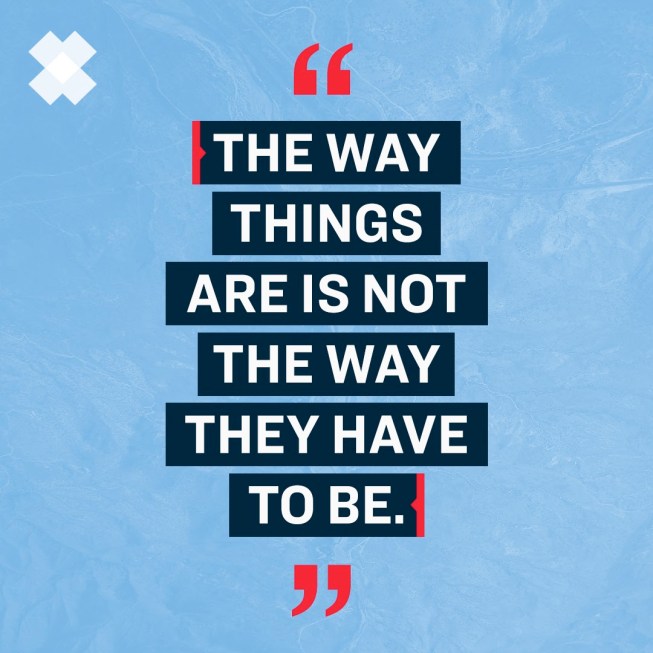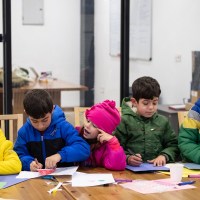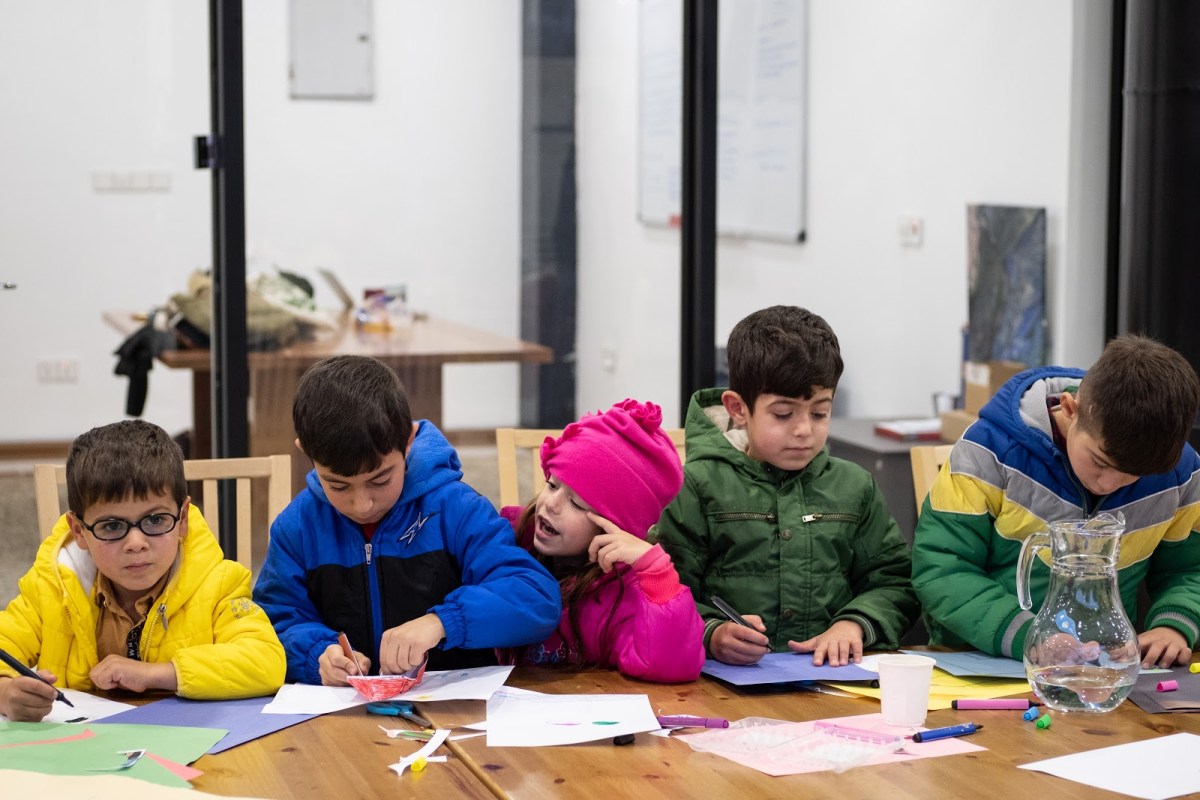Every culture in every nation, region, city, neighborhood, and family is just a bit (and in many cases a lot) distinct from the next. Around our globe, we speak approximately 6,500 different languages, and thousands—perhaps tens of thousands—more dialects of these languages. But no matter your cultural background, race, ethnicity, nationality, or status, it’s likely that you speak our one unifying language: the language of story.
Humans have been speaking and living stories since the beginning of our existence. Nearly every major world religion and belief system began with or can be described through story. Stories bind us together across space and time, remind us of our values, teach us our collective histories, and help us to explore our dreams for the future.
Perhaps most importantly, stories nurture our human connection. They give us the gift of kinship—reminding us that despite our many differences and unique experiences, we belong to a common family.
In the Christian cultural and religious tradition, there is no greater celebration of story than Christmas. There are stories about shepherds and angels and bright stars that lead wise men on long journeys. Stories about a jolly old man in a red suit who brings gifts to children around the world with the help of his trusty crew of flying reindeer.
We sing stories about the beauty of winter, joyful spirits, and spending time with family. We watch stories about people who fall in love at Christmastime, families who reconcile over the holidays, and people who make life-changing decisions in the spirit of Christmas.

Christmas, at its core, is all about the magic of a story.
And the central story to it all—the most magical, important part of the Christian Christmas tradition—is the story of a refugee family.
You see, Christmas celebrates the birth of the Christ in the world. In the Christian tradition, this Christ is the Son of God, the Savior of the world.
He is also a refugee child.
In Christian biblical tradition, the story of Jesus and his family begins even before the birth of this holy baby. In the story of Christmas, Jesus’ parents must leave their current home and return for a short time to a native homeland where they are effectively traveling strangers, poor and weary. When no one has any room to offer a very pregnant teenager and her fiancee, they are forced to shelter in a space meant for animals to sleep.
It is there, among the stench of livestock and with hay for bedding, that a young woman gives birth to her first child, with only the help and support of her partner and the hope that this child would be the one who would bring about a more loving world.

Several historical narratives tell us that this new mother swaddled her baby and laid him in the animal’s feeding trough. It’s unlikely she had traveled with extra blankets or clothing; more likely, she gave her baby her own warm clothing to sleep in.
As the story goes, Jesus’ family intended to return home as soon as possible. Back to their own house and beds, their families, their warm clothing and their favorite comfortable spot to drink tea and talk about their days with one another.
But there was news of a powerful political figure targeting their child for death, and they couldn’t possibly take their firstborn, their only son back to certain danger. So the parents fled with only their traveling clothes and their baby, across the border to another, safer nation, with no passports or immigration papers or sponsors or legal employment. They just needed to save their child––they needed the chance for him to live.
Fleeing for your life, or the life of your child, is never fairytale fodder. While tradition and holiday spirit wrap the story of Jesus’ birth in magic and mystery, the actual story was not a snow-covered, joyful experience with a soundtrack of jingle bells.
Rather, it’s similarly haunting to the stories we see on our TVs and phones today—people terrified of the future, families making camp where they’re able, children struggling to survive in unsafe and unsustainable conditions, mothers and fathers fleeing for their lives and the lives of their babies.
Humans are still running from the pain and terror inflicted by other humans—in big and small ways.
As we reflect on the magic of the season and the beautiful (and hard) stories that are woven through it, maybe we could also reflect on what has happened in our human history, and what is still happening. And maybe, just maybe, this story is not just a story but an opportunity.
Maybe the way things are is not the way things have to be.
Maybe we can usher in joy to the world by saying enough is enough. We are all a part of one another’s stories—the weary travelers. The babies born to scared teenage mothers. The women, men, and children fleeing violence in Syria, Iraq, Myanmar, South Sudan, and Central America. The families divided by politics. The followers of different faiths and those who don’t follow any religious tradition.
It’s time to find room for each other—quite literally.
Let’s write a better story together. One with less violence and hurt, less segregation, and more of the real magic of the season—love beyond borders and bullets. Love beyond fear of the other, beyond the concern of our own scarcity. Love for our neighbors that is fierce and unwavering—like the love of a new parent who gives her only warm clothing to her beloved child.
Yes, let’s write this better story together. Here’s a start…
And it came to pass, in those days, that the people of every nation and tribe began to see first the humanity in one another. And they began to love each other, and to sit with one another’s pain, and to reflect on ways to mend the wounds of the past while building a flourishing future.
Because they belonged to one another. And it was time for a new story.


